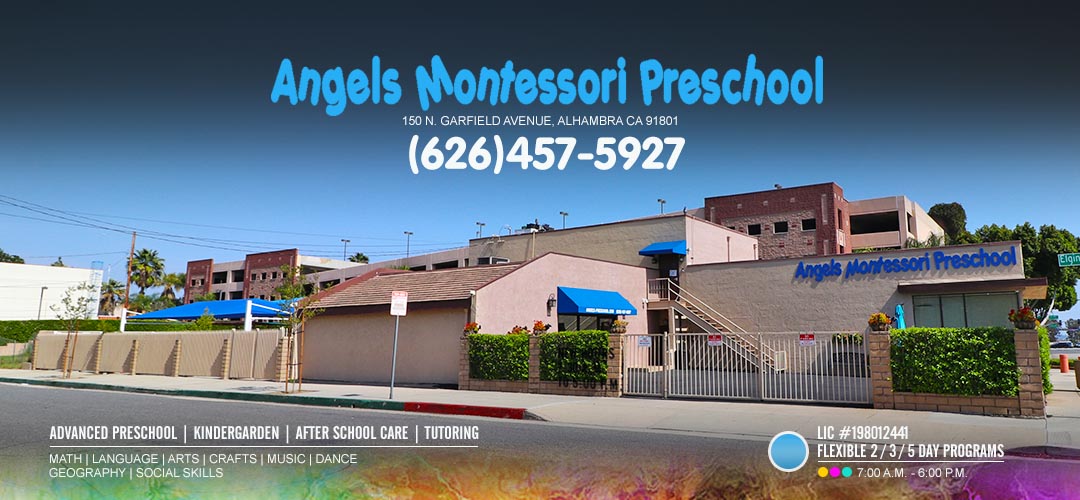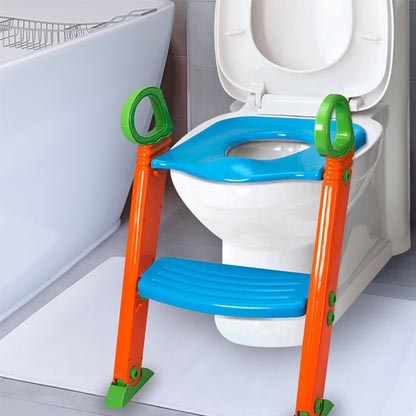POTTY TRAINING
Toilet/Potty training is a process that takes place between the age of 2-4 years. It can take days, weeks, months and in some cases even years before your child is fully out of diapers. How long this takes really varies from child to child. Toilet training gives your child the opportunity build their self esteem. It requires cooperation and support without which toilet training will become a failure. The toilet training is at once an exciting event and a frightening event. It is a major step towards being a grown up so expect your child to have mixed feelings about this process. Many parents want the toilet training process done fast but lack of proper preparation can make this effort doomed to failure. In order to succeed you have to make the potty training exercise a positive experience.
4 KEY TO POTTY TRAINING SUCCESS
1. UNIQUE - Each child is unique. Tailor the program for your child - It has nothing to do with how smart your child is if they can walk or talk. Boys especially take longer than girls to train. Some kids may take as long as 4 years to train if you don't things properly or lazy in your approach.
2. PATIENCE - Forcing a child to go potty may not work until it becomes a battle of wills. Focus on the potty training process until it becomes second nature to you and the child. Setbacks happen and you may even regress, often caused by the parent losing focus, lack off praise or taking short cuts in the training process.
3. PRAISE - Praise your child every time they go potty by themselves -Shouting at your child, punishing or shaming your child will only make the situation worse. They will rebel against this. It’s not their fault if their muscles are not well developed and there are other stressful situations that causes failure.
4. FLEXIBILITY - It is common for girls to use the potty standing up while boys like to sit down. It is acceptable for children to experiment with the potty training process. Don’t blame yourself if potty training does not go according to plan. The more you stress yourself the more disastrous the potty training becomes.
HOW TO POTTY TRAIN
Start by getting a potty training video or an app like this and let your child watch before starting potty training.
Buy a small potty training chair - Never put your child on an adult toilet seat for potty training. Children are often really scared of the height of the toilet and afraid they would fall into the toilet. So a small potty training seat that makes sounds is much easier for them and a lot less scary
Potty entertainment - Give them a book to read or a tablet. Sitting on the potty can be boring. Give them something to do.
Make a rewards chart - With one sticker attached to the chart and one for the child for each time they successfully complete potty. Give them a bigger reward when they get 10-20 potty stickers. Mark what times they go potty during the day. This is called the " window of opportunity " so you can see what times they usually urinate and have a bowel movement. This way you can send them to the potty at times they are most likely to go. Usually after meals. For the first few days let your child sit on the potty fully clothed. After your child is comfortable sitting on the potty chair, place him or her on the potty without pants or diapers.
Play pleasant music while they sit in the toilet - Some calm relaxing piano music is ideal. Dance songs will get them too excited and jumping around. Play the same piece of music each time so you can use music to condition their behavior.
Use a step stool - This will give your child added confidence. If you can build a wrap around step stool that goes around an adult sized toilet with handrails on either side, this would be fantastic because now the fear of falling is significantly reduced.
Make the change out of diapers - Once your child is well on his/her way to potty training introduce underwear or training pants for daytime. This will make them feel grown up. Cloth underclothes may make them feel uncomfortable giving then an added incentive to use the potty. Expect accidents and accept them without making a big deal about it. Suggest frequent trips to the potty, especially during those times when they likely to go Looks for signs that your child needs to go such as holding the crotch or going to a corner Dress your child in easily removable clothes. Carry a portable toilet if possible and a change of clothes when traveling. You may need to help your child with wiping at first. You will have to demonstrate wiping techniques quite a few times before they get the hang of it. Girls should wipe from front to back to avoid infections.
Night Time Potty Training - After basic toilet training is done, do the night time training. If they are dry during the night on occasion, this is the time to start night time toilet training. While it is possible to do both at the same time, night time potty training will often take longer, sometimes many months. In fact it’s normal for children to wet the bed until they are six to seven years of age. As with day time toilet training accidents will happen. Have the child go to the toilet before bed Be available to help your child during the night. A night light will help illuminate the path to the toilet. Another night light in the toilet will also make it much easier. After all do you expect your child to go potty in the dark when monsters and goblins may be lurking. A nice blue night light will make the experience even kind of fun. But you should be available to help your child if needed during the night. Tell your child that they will outgrow bed wetting in time. Praise dry nights but remember do not punish or complain about bed wetting. They might develop some issues as adults if you do and it really does not help the situation.




